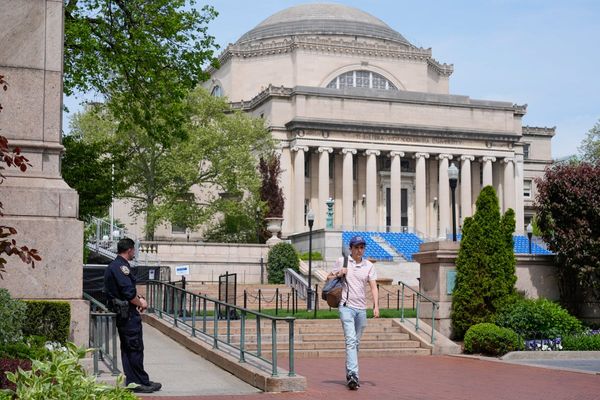One of the great frustrations of being trained as an experimental atomic physicist is that the sort of work I do is badly underrepresented in the popular physics literature. The Science section of the typical big-box bookstore is awash in books about astrophysics and particle theory, the more wildly speculative the better, but we’re way short on books about more concrete and well-understood physics, particularly experimental physics. Still, it could be worse— I could be in materials science, which is even more underrepresented.
So, I was very happy to get sent a review copy of Ainissa Ramirez’s The Alchemy of Us, a book about, as the subtitle puts it, “How Humans and Matter Tansformed One Another.” Ramirez is a materials scientist writing about the science of materials, and how the invention of particular materials (or techniques for making them) reverberate through our culture. The Bessemer process for making steel in large quantities, for example, was a key factor enabling the spread of railroads, and large-scale industrial culture more generally. The invention of recipes for high-quality borosilicate glass was revolutionary both for for makers of scientific instruments and for home cooks— I’ve been doing a lot of stress baking during this covid-19 lockdown, and couldn’t manage without our Pyrex bowls.
This book is organized into chapters about eight different materials-based inventions, diving deep into the history of how these were made, and the personal stories of the people who made them. Sometimes the materials aspect is front and center— the steel and glass chapters, for example— while other times it’s more of a jumping-off point for a broader look at a category of inventions, as in the case of the chapters on clocks (the key material is quartz in watches) and the telegraph (which is nominally about communications cables). These stories spread outward from the personal stories of the inventors to a discussion of the broad societal impact of the inventions.
The history here is really good, particularly in avoiding the most obvious figures in favor of people who are less well-known than they ought to be. We get a section on Thomas Edison in the chapter on artificial lights, of course, but first a longer discussion of William Wallace and his arc light; the chapter on photography has a good deal on Eadward Muybridge and mentions George Eastman, but also devotes a lot of time to the story of Hannibal Goodwin (a Union College alumnus…), who invented a process for making flexible film to use in cameras, and spent years in a patent fight with Eastman over it. These stories are well told, with lots of colorful details, probably the strongest part of the book.
The discussions of societal transformation are also good, but sometimes take off in directions that I found less interesting than the history. The discussion of the impact of steel and communications networks was wide-ranging and insightful, but I was less enamored of the chapter on artificial light, which went on longer than seemed necessary about circadian rhythms. This is very much a “Your Mileage May Vary” sort of situation; some of the sections I found least appealing are clearly extremely important to the author, and likely to a lot of readers who aren’t me, and that’s fine.
And that, of course, brings us around to the part where I write about what disappointed me, which is very much in the category of varying mileage: I wanted more science. In most of the chapters, the scientific content is very abbreviated, not going into as much detail as I would’ve liked about why the carbon content of steel affects its properties, or how the structure of glass makes it transparent, and so on.
This is very much a deliberate choice on the part of the author, as Ramirez explains in the epilogue: she consciously chose to emphasize personal stories over scientific explanation. And please don’t get me wrong, I’m not saying that choice is invalid— it’s a perfectly reasonable decision to make, and one that I’m sure will please a lot of readers.
It does, however, run into one of my other frustrations with the pop-science literature, namely the huge, glaring lack of books that actually go into the detailed physics that determines the properties of materials. Which is not a surprise, because that stuff is really hard to write about in a way that makes sense to a non-scientist; In a couple of places, I’ve skimmed lightly over those subject areas in my own books, and they were some of the most difficult sections to write despite not going into any detail. It’s a huge challenge, and one that I would really like to see more authors take up. I was hoping this would be another book in that very small category (the best why-materials-work stuff I’ve read, oddly, might be in Diandra Leslie-Pelecky’s The Physics of NASCAR; Mark Miodownik’s Stuff Matters is also very good), but that’s not what she decided to do.
But, as I said, that’s mostly on me. If you approach this book as what it is, which is to say primarily a book about the history of technology and culture, it’s very good. Ramirez is an engaging writer with an excellent eye for compelling stories, and this was a fun and informative read. If you’re interested in the people who invented the devices we use, and how those devices shape the world we live in, check it out.







